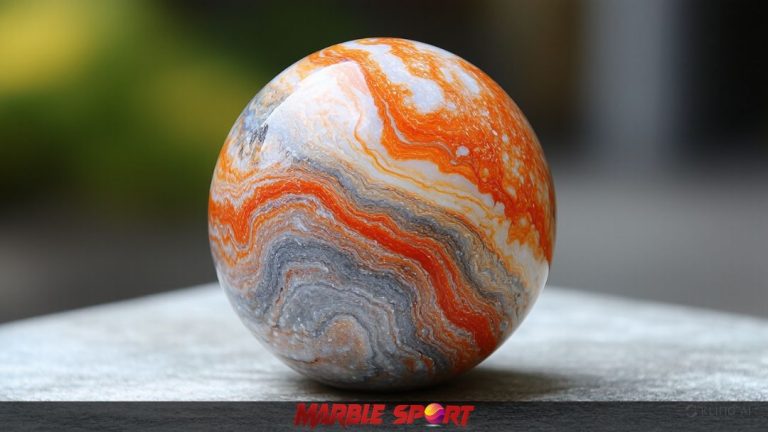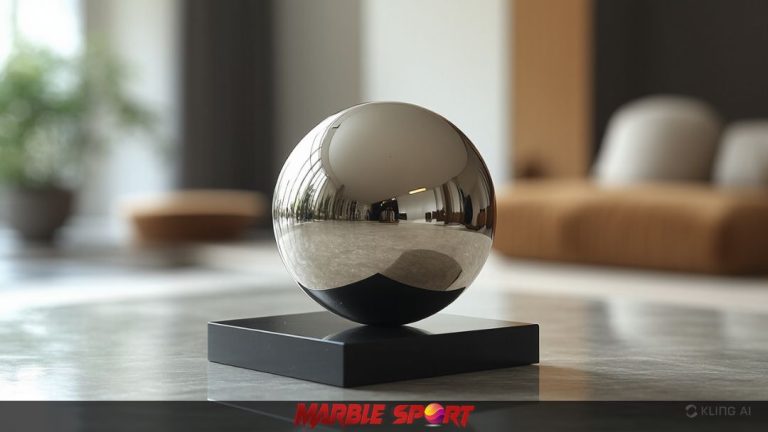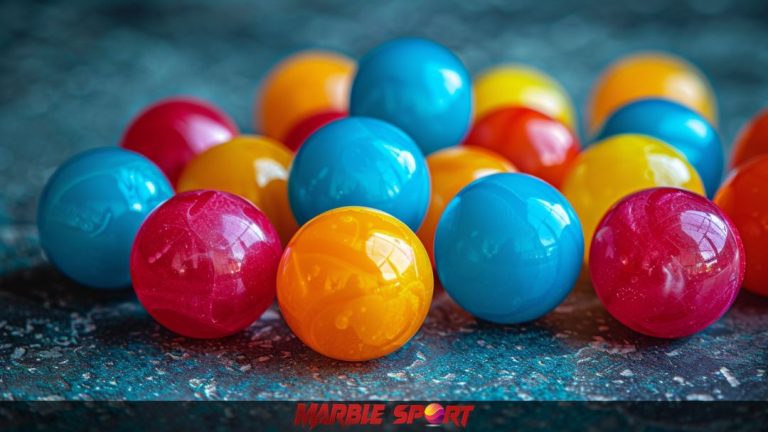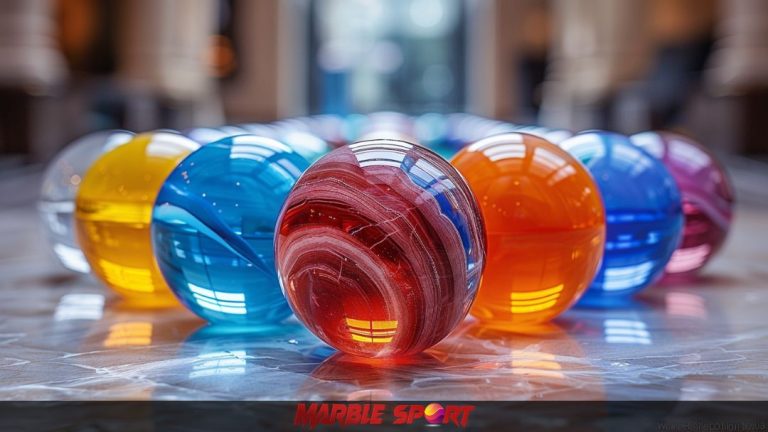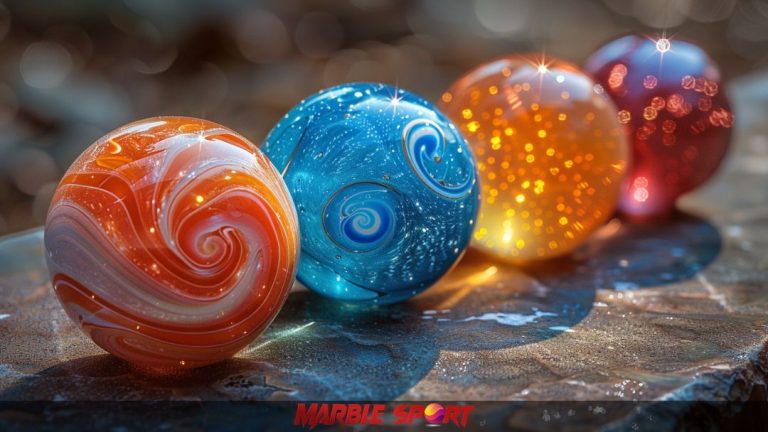Wooden Marble: Everything you need to know
Wooden marbles are small, spherical balls crafted from natural wood. Unlike glass marbles or ceramic marbles, they have a warm, rustic appearance and smooth, lightweight feel. Typically made from hardwoods like maple or birch, they’re sanded and polished for a soft finish, sometimes left plain or decorated with paint or patterns.
Wooden marbles have roots in traditional toys and games. Historically, they were hand-carved and used as simple playthings before mass productions introduced other materials. Their natural look and tactile quality made them a favorite for children’s games and learning activities.
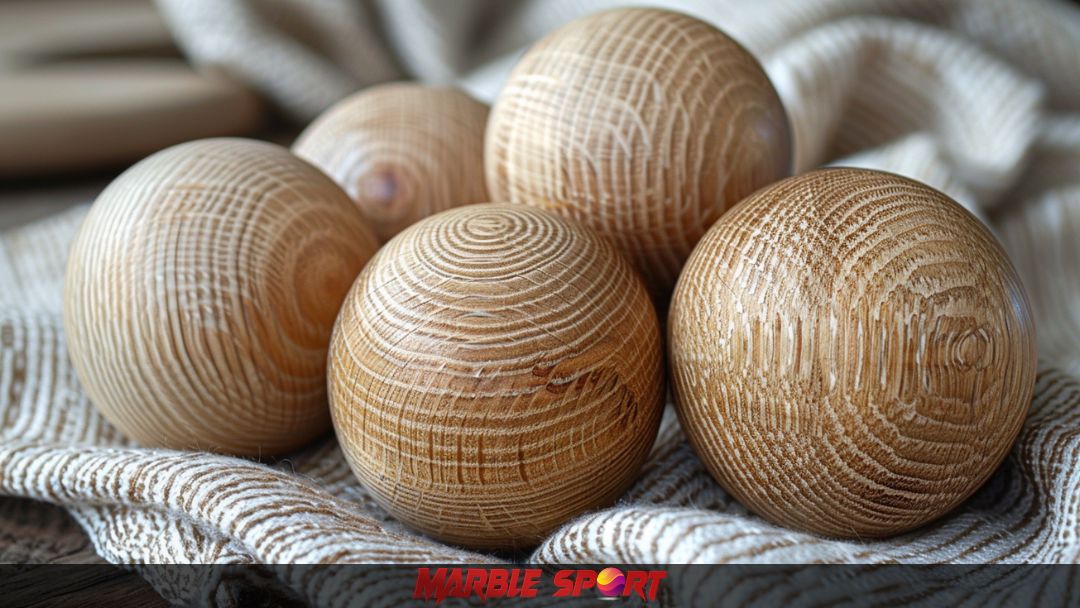
In modern times, wooden marbles are gaining popularity for their eco-friendly appeal. They’re biodegradable, sustainable, and safe, which makes them ideal for parents looking for non-toxic toys. They’re also hit in arts and crafts, home decor, and DIY projects, appealing to those who appreciate natural materials and rustic charm.
Common uses of wooden marble
Wooden marbles are a hit in children’s toys and learning activities. Their lightweight and smooth design makes them safe for younger kids, and they’re often used in counting games, sorting activities, and puzzles to promote fine motor skills and early math concepts. Many educational kits also include wooden marbles for interactive learning, making them both fun and functional.
Decoration
Thanks to their natural and rustic look, wooden marbles are perfect for adding a warm, earthy vibe to home decor. They work well as vase filters, table centerpieces, and accents in terrariums. Their wooden texture blends beautifully with minimalist and vintage decor styles, making them a creative option for interior design projects.
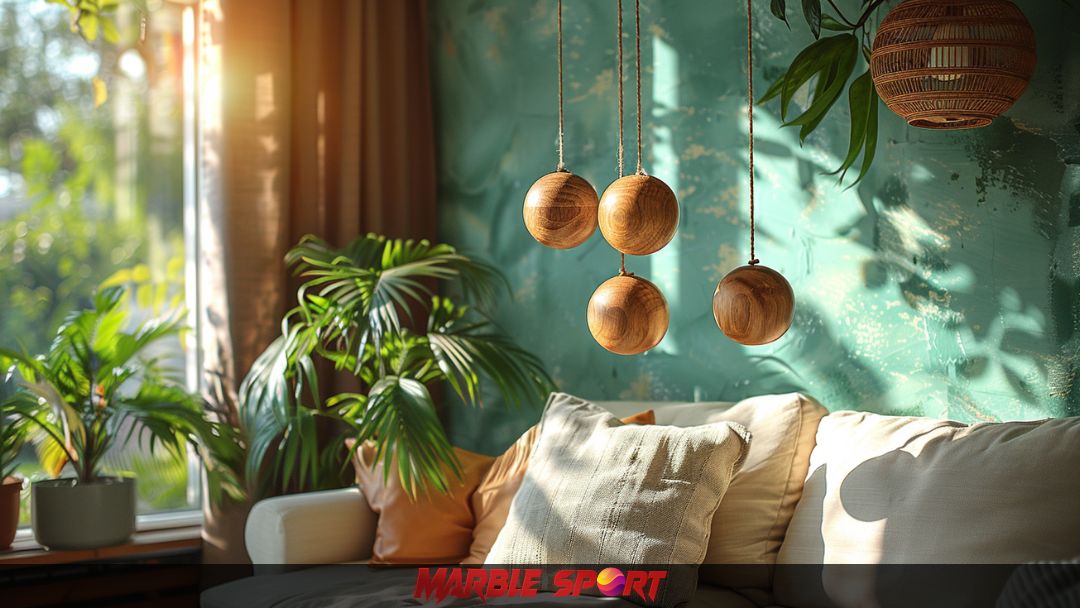
DIY crafts
Crafters love wooden marbles for their versatility. They can be painted, stained, or left natural to suit various projects. From jewelry-making to ornaments to mosaics and art installations, these marbles offer endless possibilities. I’ve seen them used in handmade wind chimes and custom board games, they always bring a unique charm to the finished products.
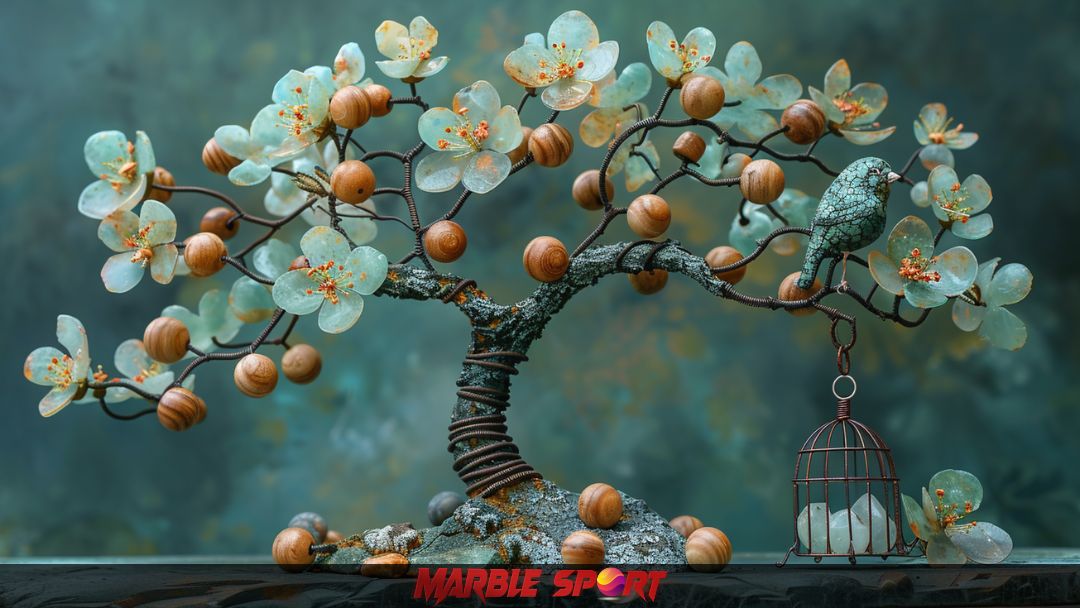
Marble run
Wooden marbles are a great fit for marble runs, especially for kids. Their lightweight nature means they roll slower than glass marbles, making them safer and easier to control on homemade tracks. They’re ideal for testing track designs or experimenting with ramps and tunnels. While they may not win speed races, they’re excellent for creative play and building challenges.
Strengths of wooden marbles
One of the biggest advantages of wooden marble is its lightweight design. Unlike grass or ceramic marbles, they’re still less likely to cause damage if dropped or thrown, making them a safer option for young children. Parents often prefer them for playrooms and educational toys because they’re easy to handle and reduce the risk of accidents.
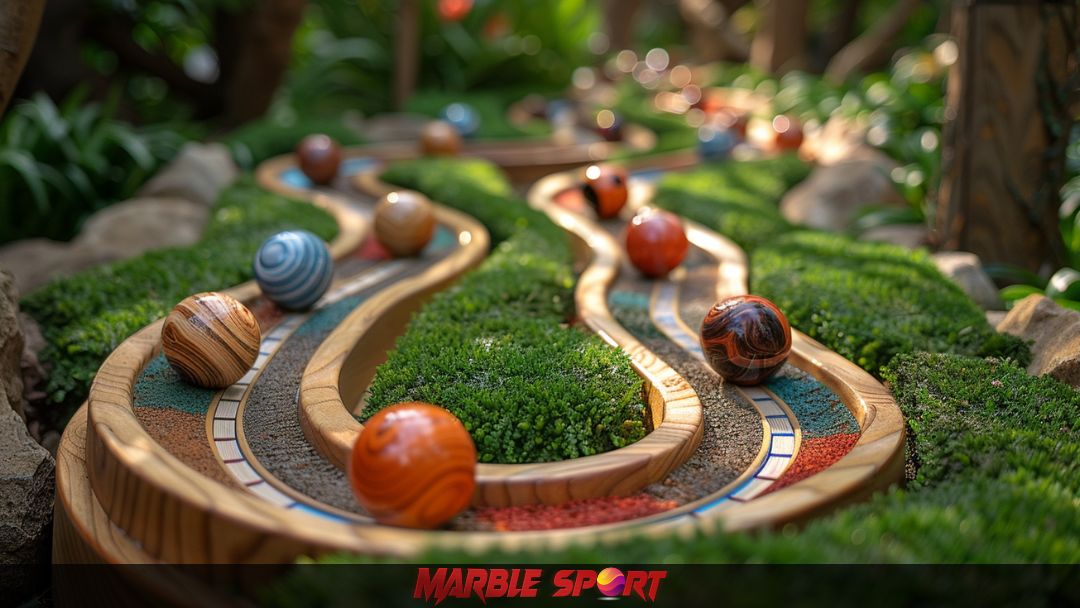
Eco-friendly and biodegradable
Wooden marbles are a win for eco-conscious users. Made from natural materials, they’re biodegradable and environmentally friendly. This makes them sustainable alternatives to plastic or glass marbles, especially for those who looking to reduce waste and prioritize greener products.
Durable for casual play and crafts
Despite being lightweight, wooden marbles are surprisingly durable. They hold well in casual games and creative projects, resisting cracks and chips that might affect other materials. While they’re not designed for high-impact play, their sturdiness is more than enough for craftwork, decorative purposes, and light games.
Natural and rustic appearance
Wooden marbles stand out with their warm, natural look. Their wood grain patterns and earthy tones make them visually appealing. Especially in rustic or minimalist decor. Whether used as part of an art display or scattered in a centerpiece, they add a touch of charm that’s hard to replicate with other materials.
Weaknesses of wooden marbles
Wooden marbles aren’t built for rough play or high-speed racing. Their softer material makes them prone to dents and damage if dropped from a height or used in forceful games. While they’re greate for casual activities, they may not hold up in competitive settings where durability is key.
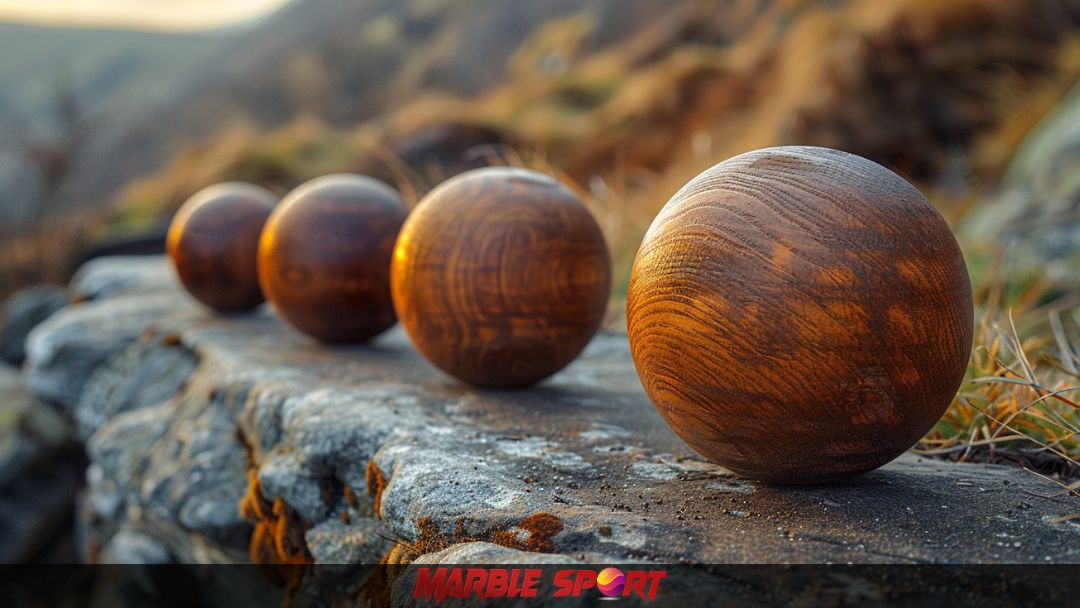
Lack of smoothness and precision
Compared to glass and ceramic marbles, wooden marbles often have a slightly texture surface. This can affect their rolling speed and accuracy, making them less suitable for tracks that require precision and high performance. For players who focus on racing results, this could be a noticeable drawback.
Prone to surface wear and scratches
Wooden marble can develop scratches, scuffs, and surface wear over time, especially if they’re used frequently. Their natural material is more vulnerable to physical damage, which may affect their appearance and performance in the long run.
Susceptible to moisture damage
Since wood absorbs moisture, wooden marbles need to be kept dry. Exposure to water or humidity can lead to swelling, warping, or discoloration, potentially ruining their shape and function. Proper storage and care are necessary to preserve their quality.
Suitable for racing
Wooden marbles are great for casual marble runs, especially for kids or beginners. Their lightweight design makes them easy to handle and less likely to cause damage if they go off track. However, they lack the speed and precision needed for serious, high-stakes racing, so they are better suited for fun and experimentation rather than competition.
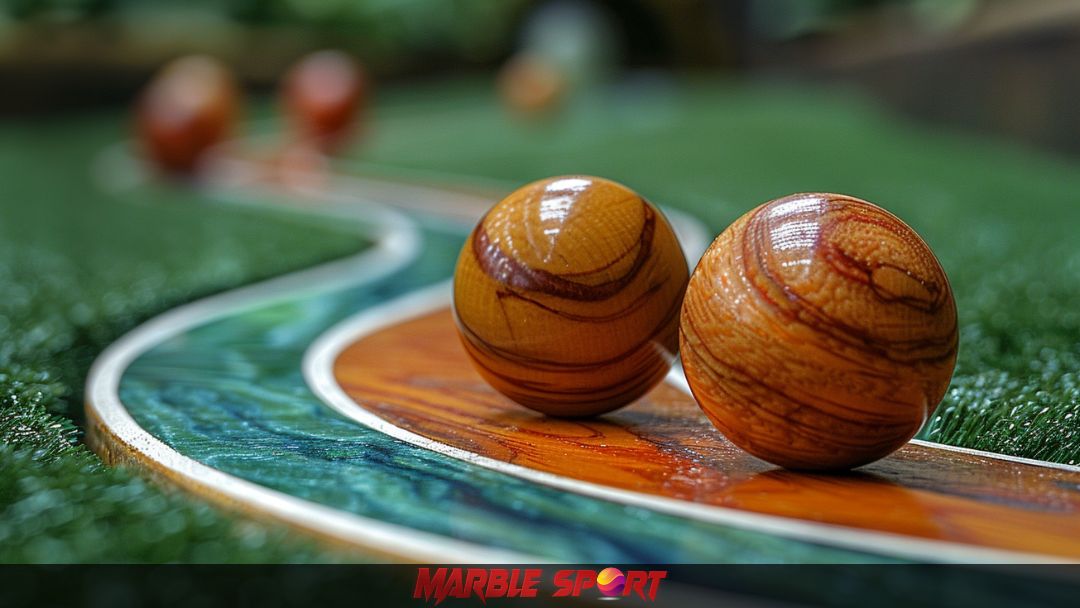
Ideal for testing track design and experiments
Thanks to their slower movement, wooden marbles are perfect for testing out new track designs. Whether you’re building ramps, tunnels, or twists, these marbles give you time to observe how the track performs and make adjustments. They’re especially helpful for creative projects where testing layouts is a part of the fun.
Lightweight nature affects speed and control
Because wooden marbles are lighter than glass or ceramic ones, they tend to roll slower and may struggle with momentum on steeper tracks. This can make it harder to achieve smooth curves or long-distance rolls. While this might be a downside for competitive racing, it’s a plus for younger players who need more time to react and control marbles during play.
Final thoughts
Wooden marbles bring something different to the table with their natural look, lightweight design, and eco-friendly appeal. They’re perfect for casual play, creative projects, and decorative displays, making them a versatile choice for kids, crafters, and collectors alike.
While they may not be the top pick for high-speed racing, their slower movement and softer material make them safer and more forgiving for beginners and younger players. Plus, their rustic charm fits beautifully into home decor and DIY crafts, adding a touch of warmth and creativity.
If you are looking for marbles that are safe, sustainable, and full of character, wooden marbles are definitely worth considering. They might not dominate the race track, but they shine in many other ways – especially when it comes to style and sustainability.
FAQ about wooden marble
Can wooden marbles be used in marble runs?
Absolutely. Wooden marbles roll slower than glass, which makes them perfect for beginner or homemade tracks.
What is a wooden marble toy?
A wooden marble toy is a plaything made from natural wood that includes marbles and tracks or puzzles for fun and learning.
Where can I buy wooden marbles for sale?
You can find them online on sites like Etsy, Amazon, or local craft and toy stores.
Do wooden marbles roll smoothly?
They roll gently but not as smoothly or precisely as glass or metal marbles, especially on competitive tracks.
